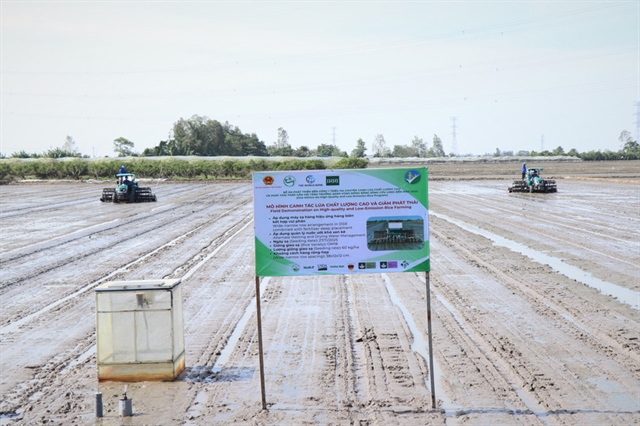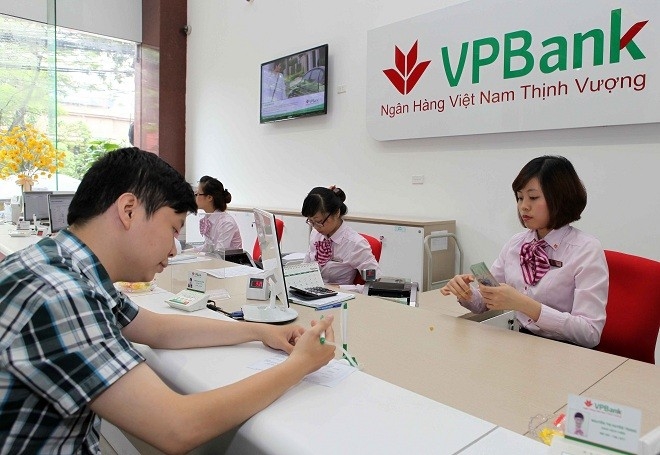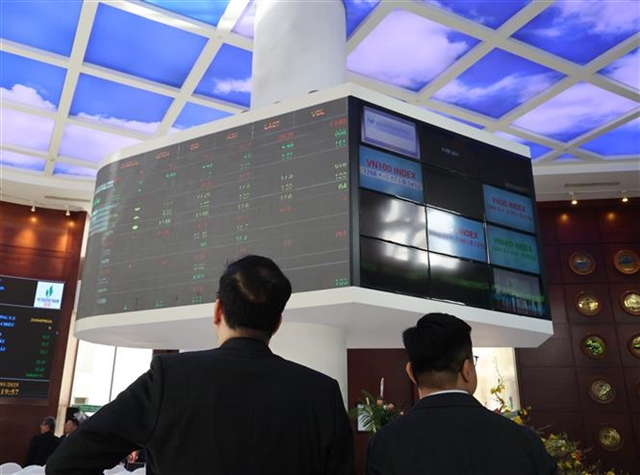 Economy
Economy

Credit for State-owned enterprises (SOEs) currently accounts for roughly 15-17 per cent of total outstanding loans, deputy governor of the State Bank of Việt Nam (SBV) Nguyễn Thị Hồng said.
 |
| Customer borrows loan at a branch of the VP Bank in Hà Nội. Credit for State-owned enterprises (SOEs) currently accounts for roughly 15-17 per cent of total outstanding loans. — Photo infonet.vn |
HÀ NỘI — Credit for State-owned enterprises (SOEs) currently accounts for roughly 15-17 per cent of total outstanding loans, deputy governor of the State Bank of Việt Nam (SBV) Nguyễn Thị Hồng said.
Previously, credit for SOEs was relatively high, but now, credit for private enterprises has increased significantly, Hồng said, adding that the central bank has always targeted credit for production and business operations, especially in the Government’s prioritised industries such as agricultural and rural development, exports, support industries, small- and medium-sized firms and high-tech enterprises.
However, she admitted that the capital market is under development to help enterprises with their long-term capital mobilisation requirements as the market was unbalanced due to the dependence on bank credit.
Hồng said the Government was very interested in the development of the financial market, including the monetary market, to create numerous channels to generate capital for enterprises.
Deputy Prime Minister Vương Đình Huệ recently also instructed the SBV and relevant ministries to develop the financial market to a healthy level and diversify enterprises’ capital mobilisation channels, she said.
Hồng made the move as representatives from the private sector at a recent forum to support the sector said it was facing many difficulties, where the greatest challenge was access to capital.
According to the representatives, while the private sector needs capital from many investors and numerous capital mobilisation channels, Việt Nam’s financial market is unbalanced as most of the capital for enterprises comes from commercial banks. The capital source, with typically short tenures and volatile interest rates, in addition to asset mortgage requirements, often has a significant effect on the enterprises’ long-term business and development strategies as well as their capital mobilisation costs.
Meanwhile, capital funding from the securities market accounts for some 30 per cent of overall funding sources.
According to the representatives, the total outstanding loans are worth more than VNĐ200 billion (US$8.88 million), and the capitalisation value of the securities market is worth roughly $60 billion. However, the corporate bonds market is only worth roughly $1.3 billion due to a shortage of large investors and the introduction of poor financial products. — VNS




